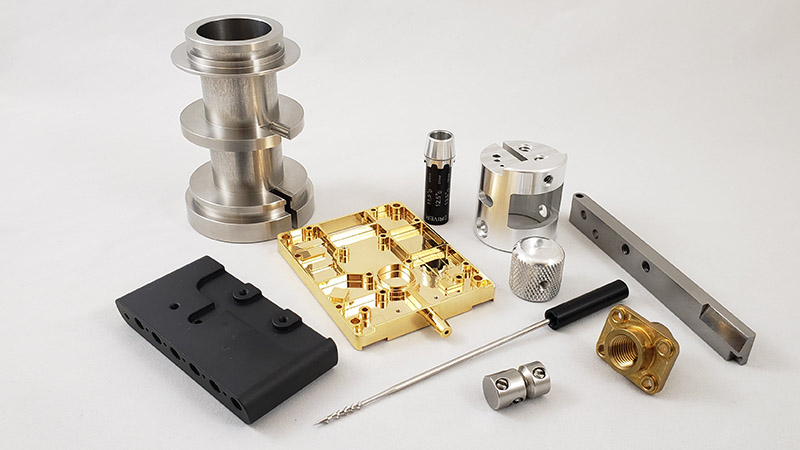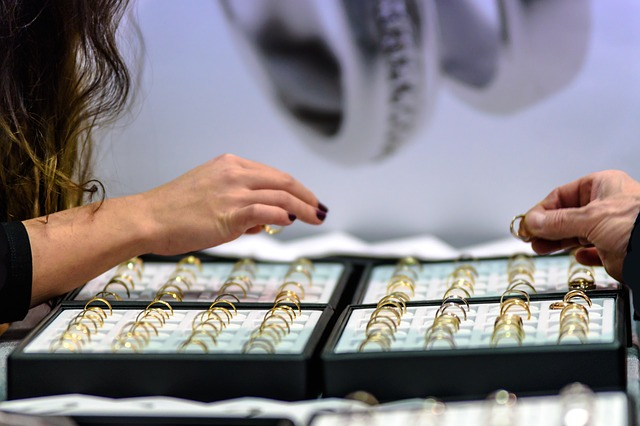The phrase “lab created diamonds are forever” has long been associated with romance, luxury, and commitment. Traditionally, diamonds have symbolized enduring love and timeless elegance. However, the rise of lab-created diamonds is reshaping this narrative, challenging the perception of what diamonds are and how they should be valued.
What Are Lab-Created Diamonds?
Lab-created diamonds, also known as lab-grown or synthetic diamonds, are real diamonds that are produced in controlled environments using advanced technology. Unlike natural diamonds, which take millions of years to form deep within the Earth, lab-grown diamonds can be created in a matter of weeks. They share the same physical and chemical properties as their natural counterparts, making them indistinguishable to the naked eye and even under gemological scrutiny.
The Benefits of Lab-Grown Diamonds
1. Affordability
One of the most appealing aspects of lab-created diamonds is their cost. They are typically 20-40% less expensive than natural diamonds, allowing consumers to purchase larger or higher-quality stones within their budgets. This affordability opens up opportunities for more individuals to invest in diamond jewelry, making it accessible to a broader audience.
2. Ethical and Environmental Considerations
Lab-created diamonds offer a more ethical alternative to natural diamonds, often referred to as “blood diamonds” due to the unethical practices associated with their mining. The diamond mining industry has faced scrutiny for human rights abuses, environmental degradation, and unsustainable practices. Lab-grown diamonds eliminate these concerns, providing a guilt-free option for conscientious consumers.
3. Customization
Many lab-grown diamond retailers offer customization options, allowing customers to select the size, shape, and quality of their diamond. This flexibility enables consumers to create unique pieces that reflect their personal style and preferences, making each purchase even more special.
4. Sustainability
The production of lab-grown diamonds requires significantly fewer resources and results in a smaller carbon footprint compared to traditional mining. While mining can have devastating effects on the environment, lab-created diamonds are produced in controlled settings, reducing land disturbance and pollution.
The Perception Shift: Diamonds and Their Value
Despite the numerous advantages of lab-created diamonds, some consumers still cling to the notion that natural diamonds hold more value. This perception is deeply rooted in tradition and marketing, particularly from the De Beers diamond monopoly that has shaped consumer attitudes for decades.
However, as awareness about the environmental and ethical implications of diamond mining grows, many consumers are beginning to prioritize sustainability and ethics over tradition. Lab-created diamonds are increasingly accepted as legitimate alternatives, and the market for these gems is expanding rapidly.
Changing Trends in the Jewelry Industry
Jewelry designers and retailers are also adapting to the growing demand for lab-grown diamonds. Major brands are incorporating these stones into their collections, and new companies are emerging to cater specifically to the lab-created market. As technology continues to advance, the quality and variety of lab-grown diamonds will only improve, further solidifying their place in the industry.
Conclusion: A Future with Lab-Created Diamonds
Lab-created diamonds are redefining the phrase “diamonds are forever.” As consumers become more informed and prioritize ethics, sustainability, and affordability, the acceptance of lab grown diamonds will likely continue to rise. With the ability to deliver beauty, quality, and responsibility, lab-created diamonds are not just a trend; they represent a new era in the world of fine jewelry.



